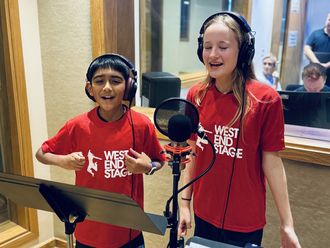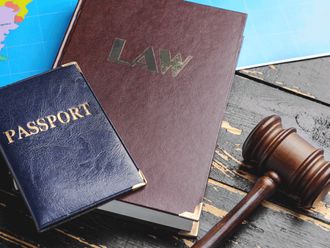Abu Dhabi: Six million trees and millions of other shrubs, fencing plants and flower tubs will adorn the roads, bridges and tunnels of Abu Dhabi Island by the end of next year
This is part of efforts by the municipality of Abu Dhabi to increase the amount of greenery in the capital.
In a statement on Monday, the municipality announced its plans to increase the green areas in the capital to more than 30,942 hectares in 2011.
Abdullah Al Shamsi, acting executive director of municipal infrastructure and assets at the municipality, said the initiative to expand green areas was in line with the department's efforts to make the city more sustainable.
"Cultivation of more trees and plants on roadsides will foster a healthier environment, as well as enhance the capital's general appearance. It will also reduce traffic noise, and help strike a balance between greenery and population density," Al Shamsi said.
This is one of the municipality's major landscaping projects for next year. The municipality is also re-examining the emirate's roads, footpath networks, irrigation methods in a bid to conserve resources.
Al Shamsi explained that another key project involving the redesign of signage, fencing and lighting, on Muroor Road, Old Airport Road and Khalifa Street. "We will also begin landscaping and planting trees throughout the Al Salam Street project and the Eastern Ring Road in the first quarter of 2011," he added.
Certain key bridges and intersections in the emirate that have been recently opened to traffic are also being remodelled.
"The remodelling extends to the newly-opened Shaikh Zayed Bridge and Al Mafraq Interchange. In all cases, the municipality first opens the roads to motorists to ease any traffic congestions, and then works on civil and natural landscaping and irrigation networks," Al Shamsi explained.
The municipality statement also mentioned that a landscaping project for intersections between Al Bahya area (near Khalifa City A and Khalifa City B) as well as Al Taweela area would soon be under way.
"These junctions are a link between the city and its suburbs on the Abu Dhabi — Dubai Road, and the traffic is also intensive on these intersections. So their redesign has been planned based on the emirate's future development plans," Al Shamsi said.











